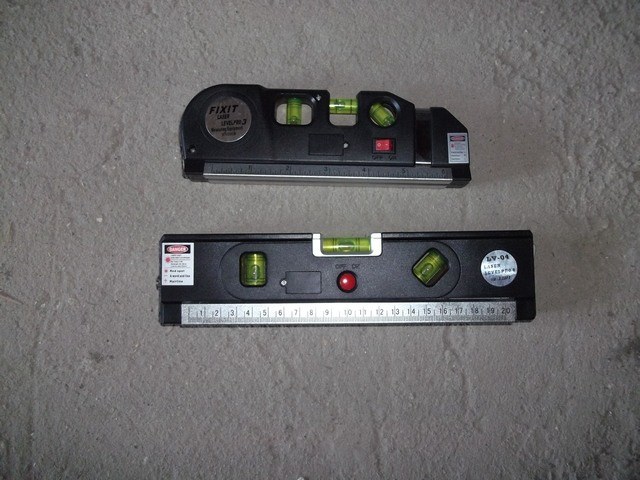You will need
- Building level or rule.
Instruction
1
To check the flatness of the wall you can use a variety of methods. There are also several types of construction levels that will help to determine the evenness of the vertical surface. The simplest method is that the evenness of the wall is defined by a perfectly straight rail (rule), the size of the height of the room. Rail applied to the corners of the walls, parallel to the floor below, the ceiling above, between the floor and ceiling. The maximum clearance will determine the flatness or curvature of the wall.
2
The evenness of the wall is plumb. A plumb line (rope level) is an lace with goods. In the wall near the ceiling score of carnations on it, wind the string and visually determine whether the parallel wall with lace. This is done at a distance of about 1.5 meters.
3
Bubble level also helps to determine the evenness of the wall. Inside it is one, two or three flasks (vials) with a liquid and an air bubble. To determine the horizontal level of the desired device with two or three flasks. If the wall is smooth, the air bubble inside the vial will be strictly between the risks.
4
There is also a method of checking for evenness with a laser line level (laser level). His work is that he projects on the wall the laser line. Between the wall and the level appears laser plane (vertical or horizontal depending on the model level). To determine the flatness of the wall is a vertical plane.
Note
Laser level is the most accurate, modern and easy to use. Its dimensions are very compact, but the range of the projection beam can be up to 100 meters.
Useful advice
Do not worry if the measurements show a deviation of up to 3 mm on 1 m of length, it meets building codes.
